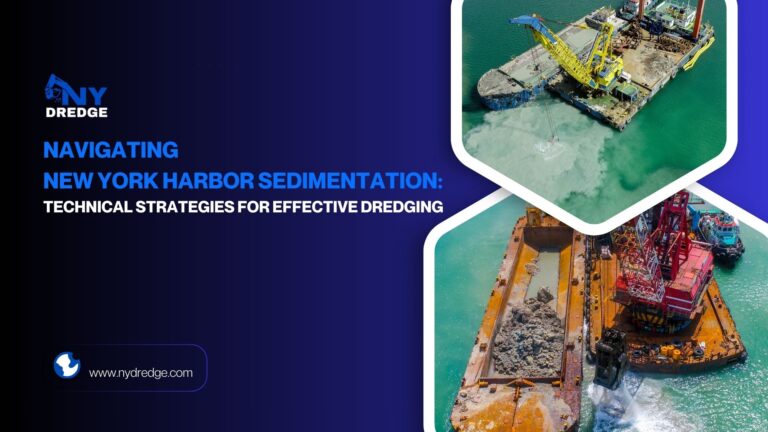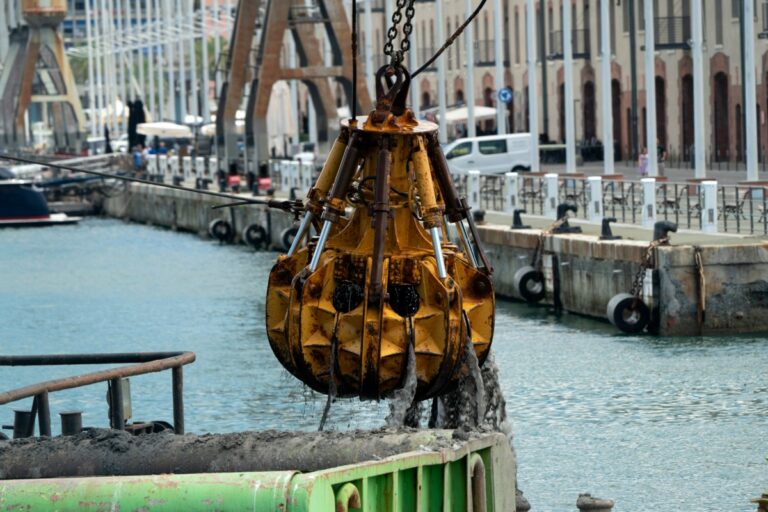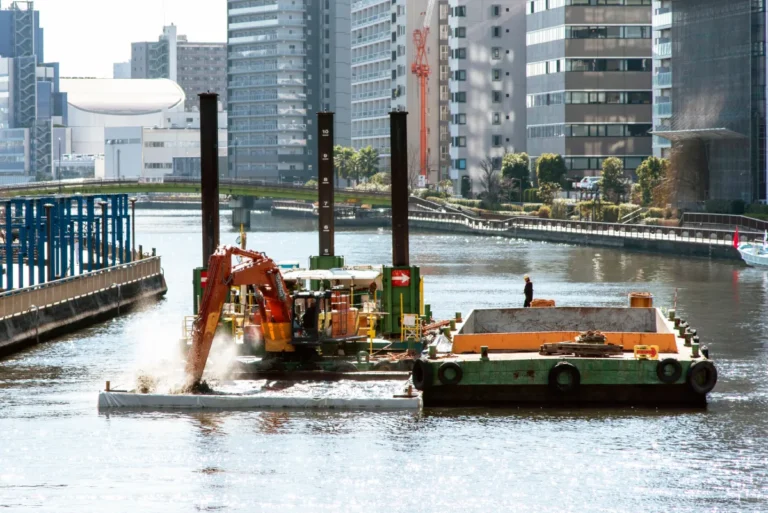Lakes play a crucial role in ecosystems by providing habitats for aquatic life, supporting biodiversity, and serving as vital water sources for communities. However, over time, lakes can accumulate excessive sediments, pollutants, and organic matter, leading to deteriorating water quality, reduced oxygen levels, and disrupted aquatic ecosystems. Without proper maintenance, these issues can accelerate the aging process of a lake, causing increased algae blooms, invasive plant growth, and habitat loss for fish and other wildlife.
One of the most effective solutions for restoring and maintaining healthy water bodies is dredging a lake. By removing accumulated sediments, organic debris, and pollutants, lake dredging enhances water clarity, improves oxygen circulation, and restores the natural balance of aquatic ecosystems. This process not only improves overall water quality but also helps prevent flooding, reduces nutrient overloads that fuel algae growth, and revitalizes fish habitats.
Utilizing the right dredge for lake maintenance ensures a targeted and efficient removal of harmful materials while preserving the lake’s ecological integrity. Whether for recreational lakes, reservoirs, or natural habitats, lake dredging is a proactive and sustainable approach to maintaining long-term water quality and supporting thriving aquatic ecosystems.
Understanding Lake Dredging
What Is Lake Dredging?
Lake dredging is the process of removing accumulated sediments, debris, and pollutants from the bottom of a lake to restore its depth, improve water quality, and support a healthier aquatic ecosystem. Over time, lakes naturally collect silt, organic matter, and contaminants, which can lead to murky water, excessive algae growth, and habitat degradation. By dredging a lake, these unwanted materials are extracted, allowing for better oxygen circulation, improved water clarity, and enhanced conditions for aquatic life.
Methods of Dredging a Lake
There are several techniques used in lake dredging, each suited for different conditions and environmental concerns:
- Mechanical Dredging
- Involves using excavators, clamshell dredges, or bucket dredgers to scoop out sediment from the lake bed physically.
- Ideal for removing large volumes of material quickly but may cause temporary water turbidity.
- Hydraulic Dredging
- Uses a dredge for lake maintenance that pumps sediments and water through a pipeline to a designated disposal area.
- More efficient for removing fine sediments and minimizing disturbance to aquatic ecosystems.
- Environmental Dredging
- A specialized approach focused on minimizing ecological impact, often using precision dredging techniques to remove contaminated sediments without disrupting surrounding habitats.
- Commonly used for lakes affected by industrial pollution or excessive nutrient accumulation.
Common Reasons for Dredging a Lake

Lakes require dredging for various environmental and functional reasons. Some of the most common include:
- Sediment Buildup: Over time, lakes accumulate silt, organic matter, and debris, reducing depth and causing navigational issues for boats and wildlife. Lake dredging restores proper depth and water flow.
- Pollution and Contaminant Removal: Excess nutrients, heavy metals, and chemical pollutants can degrade water quality and contribute to harmful algae blooms. Dredging a lake helps remove these contaminants, preventing further environmental damage.
- Ecosystem Restoration: As sediment accumulates, fish habitats become compromised, and aquatic vegetation can become imbalanced. By using a dredge for lake restoration, these habitats can be revived, promoting a healthier and more diverse aquatic ecosystem.
By selecting the appropriate dredging method and addressing specific concerns, lake dredging plays a vital role in maintaining clean, functional, and ecologically balanced water bodies.
How Dredging Improves Water Quality
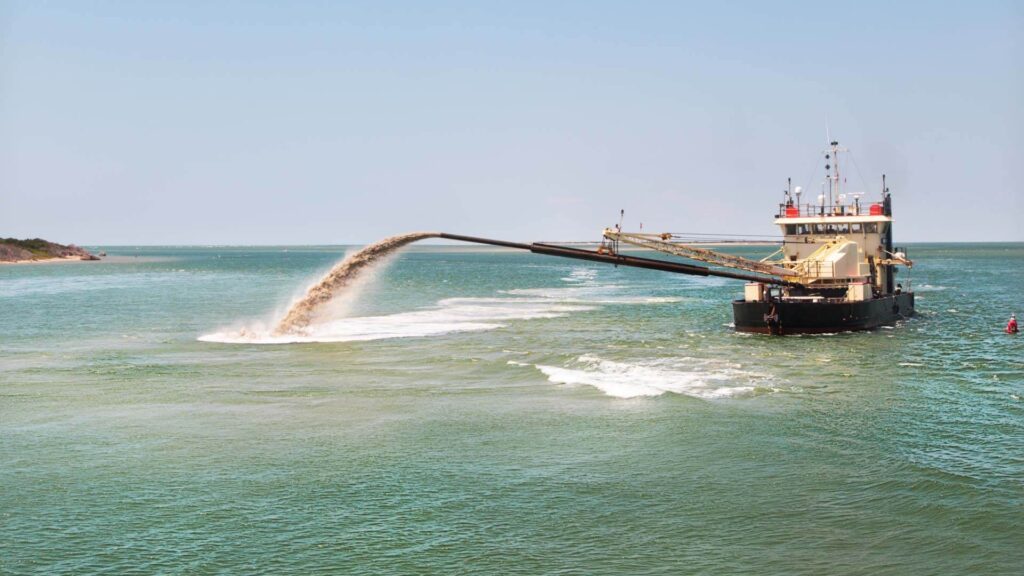
Healthy water quality is essential for maintaining a thriving aquatic ecosystem, supporting fish populations, and ensuring safe recreational use. Over time, lakes accumulate sediments, pollutants, and organic matter that degrade water conditions, leading to murky water, excessive algae blooms, and depleted oxygen levels. Dredging a lake is a highly effective method for reversing these negative impacts by removing contaminants, improving water clarity, and enhancing oxygen levels.
Removal of Contaminants
One of the primary benefits of lake dredging is its ability to eliminate harmful substances that accumulate at the bottom of a lake. Excess nutrients such as nitrogen and phosphorus, often introduced through runoff from agriculture and urban areas, can fuel the growth of harmful algal blooms, which deplete oxygen levels and release toxins into the water. Additionally, dredging a lake removes heavy metals, industrial waste, and other pollutants that pose long-term environmental risks. By extracting these harmful sediments, dredging helps restore water balance and prevents further degradation of the ecosystem.
Enhancing Water Clarity
A key advantage of using a dredge for lake maintenance is improving water clarity. When sediment builds up, it increases turbidity, blocking sunlight from reaching aquatic plants and disrupting the natural ecosystem. By removing excess silt and organic debris, lake dredging allows for better light penetration, which supports the growth of beneficial aquatic vegetation. Clearer water also benefits fish populations by providing a more stable habitat, improving their ability to find food, and creating a more visually appealing environment for recreational activities such as swimming and boating.
Oxygenation Benefits
Oxygen is critical for the survival of fish and other aquatic organisms. When lake bottoms are clogged with decaying organic material, oxygen levels in deeper water layers become depleted, leading to dead zones where aquatic life cannot survive. Dredging a lake enhances oxygen circulation by removing this organic buildup and increasing water movement. Improved oxygen levels create a more balanced ecosystem, supporting fish populations, reducing stress on aquatic plants, and preventing the conditions that contribute to fish kills.
Lake dredging plays a vital role in maintaining a clean, healthy, and sustainable water system by addressing contaminants, improving clarity, and enhancing oxygen levels. Regular maintenance with the right dredge for lake restoration ensures long-term benefits for the environment and those who rely on the lake for recreation and natural resources.
The Impact of Dredging on Aquatic Ecosystems
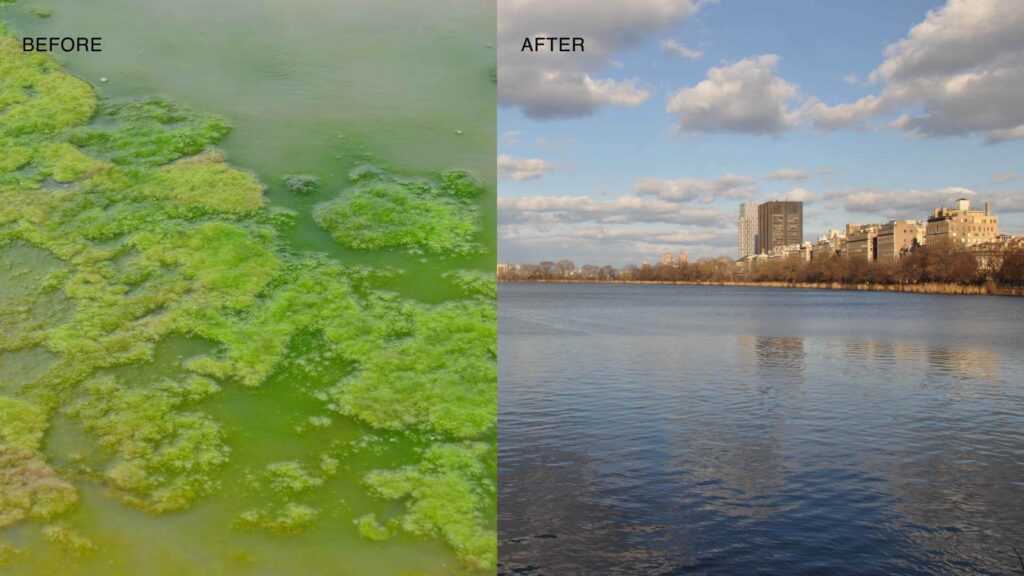
A balanced aquatic ecosystem is essential for maintaining biodiversity, supporting fish populations, and ensuring the long-term health of a lake. However, excessive sediment buildup, invasive plant species, and nutrient overloads can disrupt the natural equilibrium, leading to habitat degradation and declining water quality. Dredging a lake is a proven method to restore ecological balance by revitalizing habitats, controlling invasive vegetation, and reducing harmful algal blooms.
Restoration of Natural Habitats
Over time, sediment accumulation can alter the lakebed, reducing the depth of the water and suffocating essential aquatic habitats. This buildup negatively affects fish populations, as it can eliminate spawning grounds and disrupt food sources. By dredging a lake, sediment removal restores the natural contours of the lake, creating deeper, more oxygenated areas where fish and aquatic organisms can thrive. Additionally, lake dredging clears away organic matter that may contribute to the formation of dead zones, ensuring that fish and plant life have the resources needed to flourish.
Rebalancing Aquatic Vegetation
The unchecked growth of invasive plant species can quickly overtake a lake, crowding out native vegetation and disrupting the food chain. Invasive plants such as hydrilla and Eurasian watermilfoil thrive in nutrient-rich, shallow waters, often forming dense mats that block sunlight and reduce oxygen levels. By using a dredge for lake restoration, excess sediment and nutrient-rich deposits that fuel invasive plant growth are removed, helping to restore the lake’s natural balance. This process encourages the resurgence of native aquatic plants, which provide essential habitat and food sources for fish and other wildlife.
Reducing Algae Blooms
One of the most significant threats to aquatic ecosystems is the occurrence of harmful algal blooms, which result from excess nutrients like phosphorus and nitrogen accumulating in lake sediments. These blooms not only deplete oxygen levels, causing fish kills, but also release toxins that can make the water unsafe for human and animal consumption. Lake dredging helps mitigate this problem by removing nutrient-laden sediments before they can contribute to excessive algae growth. By reducing nutrient overloads, dredging a lake improves water quality, restores the natural balance of algae and plant life, and prevents recurring algal blooms from damaging the ecosystem.
Lake dredging plays a critical role in maintaining a healthy and sustainable ecosystem by restoring natural habitats, rebalancing aquatic vegetation, and reducing algae blooms. Implementing the right dredge for lake management ensures long-term ecological benefits, supporting both aquatic wildlife and those who depend on the lake for recreation and environmental stability.
Long-Term Environmental and Economic Benefits
Beyond immediate improvements to water quality and ecosystem health, lake dredging offers significant long-term environmental and economic advantages. By preventing shoreline erosion, enhancing recreational opportunities, and increasing property values, lake dredging ensures that water bodies remain functional and valuable assets for communities, businesses, and natural ecosystems.
Preventing Flooding and Erosion
Sediment accumulation can drastically alter a lake’s depth and water flow, increasing the risk of shoreline erosion and flooding. Shallow waters hold less capacity for storm runoff, leading to overflow during heavy rainfall. Additionally, excessive sediment deposits can redirect water flow, causing gradual land loss along the shoreline. Lake dredging helps mitigate these risks by restoring proper depth and water channels, ensuring efficient water movement while stabilizing shorelines. By maintaining a well-dredged lake, communities can reduce the likelihood of property damage, infrastructure deterioration, and habitat destruction caused by flooding and erosion.
Enhancing Recreational Activities
Lakes are popular destinations for outdoor recreation, but excessive sediment, pollution, and invasive vegetation can make activities like fishing, swimming, and boating difficult or unsafe. Murky water, low oxygen levels, and algae blooms can drive away fish populations, while dense sediment can make lake bottoms hazardous for swimmers. Dredging a lake improves water clarity, restores fish habitats, and clears navigational routes for boats. This makes the lake more enjoyable for residents and visitors, boosts local tourism, and increases recreational opportunities.
Boosting Property Values
A well-maintained lake is a valuable asset to surrounding properties. Homes and businesses located near clean, thriving lakes often see higher real estate values, as waterfront properties become more desirable when the water is clear and free from excessive sediment and algae growth. Potential buyers and investors are more likely to be drawn to properties near lakes that support fishing, boating, and scenic views. Regular lake dredging ensures that water bodies remain attractive and functional, protecting long-term property investments.
Dredging a lake provides environmental and financial benefits by addressing flooding risks, improving recreational use, and increasing property values. Choosing the right dredge for lake maintenance is essential for sustaining these long-term advantages and ensuring lakes remain vibrant, safe, and economically beneficial for future generations.
Choosing the Right Dredge for a Lake
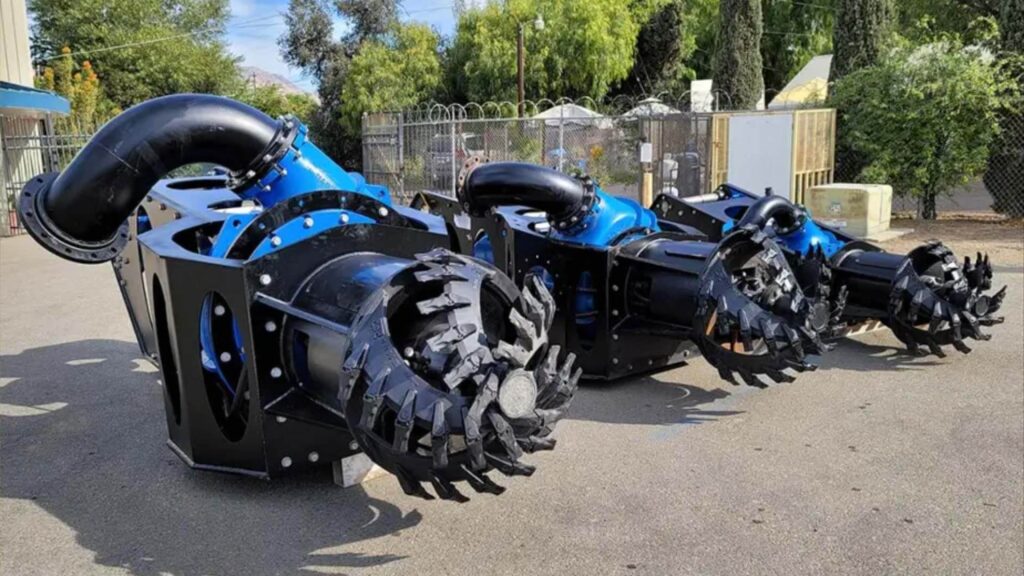
Selecting the right equipment is essential for efficiently and effectively dredging a lake while minimizing environmental impact. The type of dredge used can determine the success of lake dredging, affecting factors such as sediment removal efficiency, water quality preservation, and overall project costs. Understanding the key considerations and available dredging equipment options is crucial for achieving the best results in lake restoration.
Factors to Consider When Selecting a Dredge for Lake Restoration
When choosing the ideal dredge for lake maintenance, several factors should be evaluated to ensure the right balance between effectiveness and environmental responsibility:
- Lake Size and Depth: The dimensions of the lake influence the type and capacity of the dredging equipment required. Smaller lakes may benefit from compact, maneuverable dredges, while larger bodies of water may require more powerful systems.
- Sediment Type and Volume: The composition and quantity of sediment play a key role in determining the best dredging method. Fine silt, organic debris, and contaminated sediments may require specialized dredges for safe and efficient removal.
- Environmental Impact: Some dredging methods create more disturbance than others. Hydraulic dredging, for example, minimizes sediment resuspension, making it a preferred choice for delicate ecosystems.
- Project Goals: Whether the goal is to deepen the lake, remove pollutants, or restore aquatic habitats, selecting the right dredge ensures that the specific restoration objectives are met.
Equipment Options for Lake Dredging
Several dredging technologies are available, each designed for specific lake restoration needs:
- Cutter Suction Dredges: These dredges use a rotating cutter head to break up sediment before suctioning it through a pipeline for removal. They are effective for deepening lakes and clearing large volumes of accumulated sediment but may require extensive containment areas for displaced material.
- Auger Dredges: Ideal for precise, low-impact dredging, auger dredges use a horizontally rotating head to loosen and pump sediment away. They are particularly effective in shallow lakes and environmentally sensitive areas, as they minimize turbidity and disturbance to aquatic life.
- Eco-Friendly Dredging Methods: Some projects require specialized equipment, such as hydraulic dredges with sediment dewatering systems, to reduce environmental impact. These methods help maintain water quality while effectively removing contaminants, making them suitable for lakes with strict ecological preservation requirements.
Choosing the right dredge for lake maintenance ensures that lake dredging efforts are both efficient and environmentally responsible. By evaluating lake conditions and restoration goals, project managers can select the best equipment to improve water quality, restore aquatic habitats, and maintain long-term lake health.
Conclusion
Dredging a lake is a crucial process for maintaining water quality, restoring aquatic ecosystems, and ensuring long-term environmental and economic benefits. By removing accumulated sediments, pollutants, and excess nutrients, lake dredging enhances water clarity, improves oxygen levels, and helps prevent harmful algal blooms. Additionally, the restoration of natural habitats and the rebalancing of aquatic vegetation create a healthier environment for fish, plants, and wildlife. Whether the goal is to prevent flooding, enhance recreational use, or increase property values, a well-executed dredging project plays a vital role in preserving the functionality and beauty of a lake.
Selecting the right dredge for lake restoration is essential for achieving sustainable results with minimal ecological disruption. Understanding each lake’s unique conditions—such as sediment type, depth, and environmental concerns—helps determine the most effective dredging method, whether cutter suction, auger, or eco-friendly hydraulic dredging. With the right approach, dredging a lake can provide lasting improvements that benefit local ecosystems and communities, ensuring that lakes remain vibrant and thriving for future generations.




